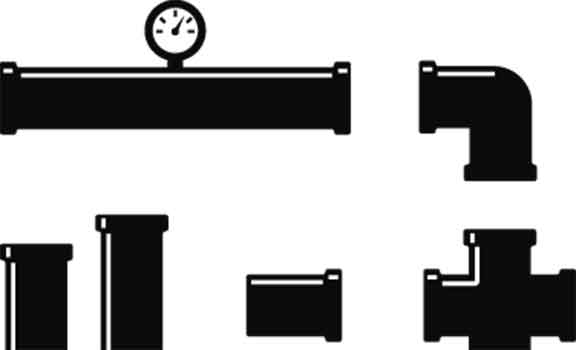What can stop sprinkler geysers, send you an alert for a leaky pipe, monitor irrigation water use and get just the right amount of water to a thirsty plant? Your friendly, neighborhood flow sensor!
Flow sensors create an easy, efficient way to measure water usage in irrigation systems. It is important to test them periodically to ensure they stay in proper, working condition.
Check the insert
The quickest way to field test the flow sensor and flow meter is to remove the flow meter insert from the body of the flow meter itself.
“Always remember to shut off the water and bleed off any remaining pressure from the mainline before you do this,” cautions Ewing’s Tech Support Specialist Kevin Oglesby. “If you do not relieve the pressure from the mainline and you remove the retaining pin, the insert may shoot out of the body like a rocket.” Always use caution when you are leaning over the flow meter.
Next, take the flow meter insert to the controller and hook it up to the flow terminal strip. Make sure you connect the wire leads to the correct terminals.
“If you connect them to a master valve or station output and send 24 volts to it, you just fried it,” Oglesby said. 
Instead, manually spin the impeller and look for a flow reading on the controller. If the flow reading is displayed, that means the sensor is working properly. If there is no reading, simply replace the insert.
Follow the wire path
If your problem is not solved after testing the sensor, inspect the wire path.
“First, disconnect the flow sensor and flow meter from the control wires and use a volt (ohm) meter to check that there is a range of 10 volts on the control wires,” Oglesby said. “If you do, take the control wires and tap the bare wire leads together.”
You will need someone at the controller to verify there is a flow reading. The faster you tap the leads, the higher the flow reading should go. If there is neither a voltage or signal showing, get a wire locator and begin looking for a break or nick in the wires.
Plant proof your wire
Finally, consider that a newly planted tree, shrub or fence post could also be the culprit. Double check areas where new landscape has been planted to make sure the plants aren’t interrupting the wire path. Adjust the plants as needed, taking care not to harm them in the process.
Flow sensors can help you reduce water usage and better monitor the flow rate of an irrigation system. Field testing a flow sensor will keep it in good, working condition—ultimately making it last longer.
Do you need to install a new flow sensor? Stop by your local Ewing store and let our experts help you select a flow sensor that makes sense for your system today!




